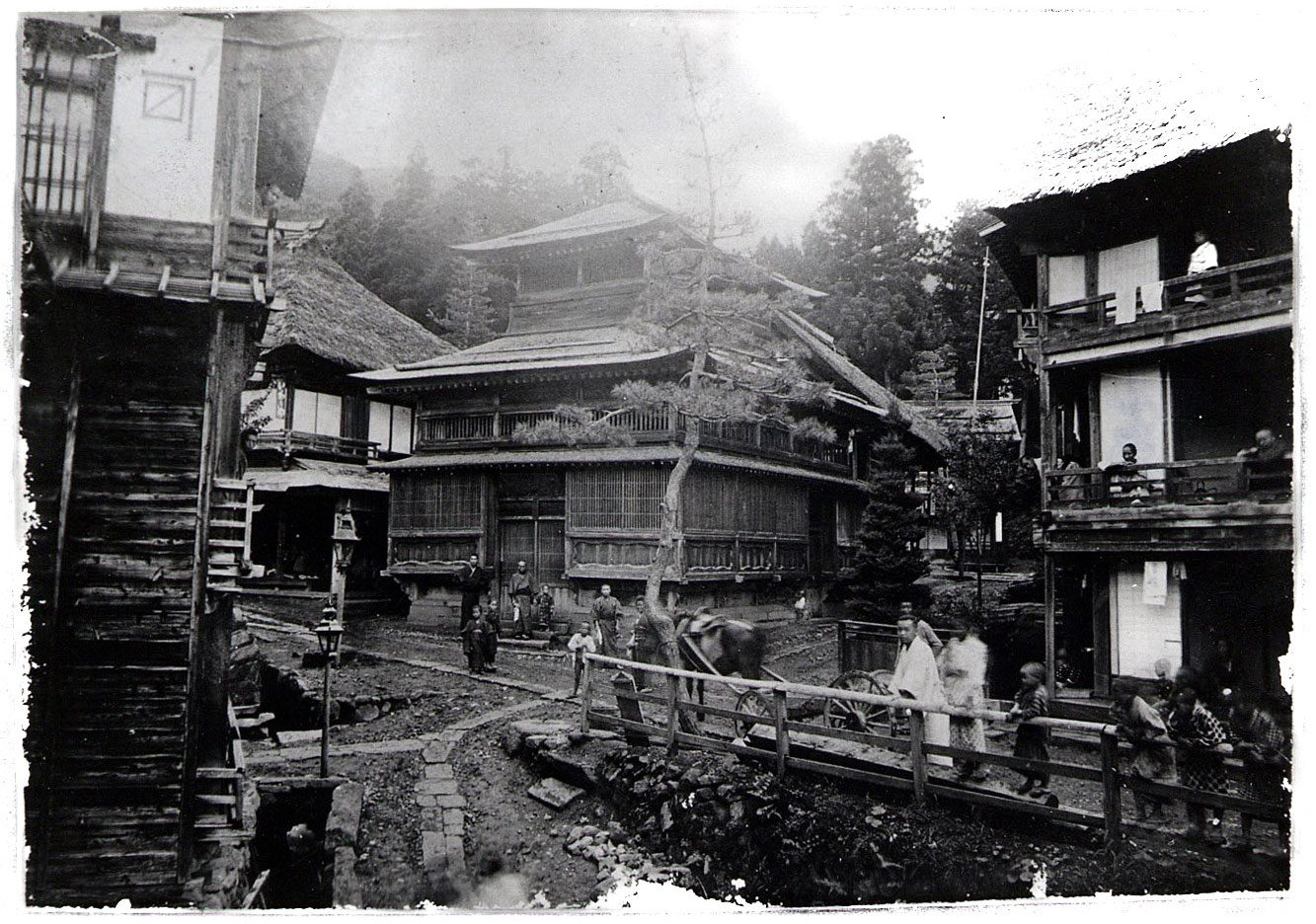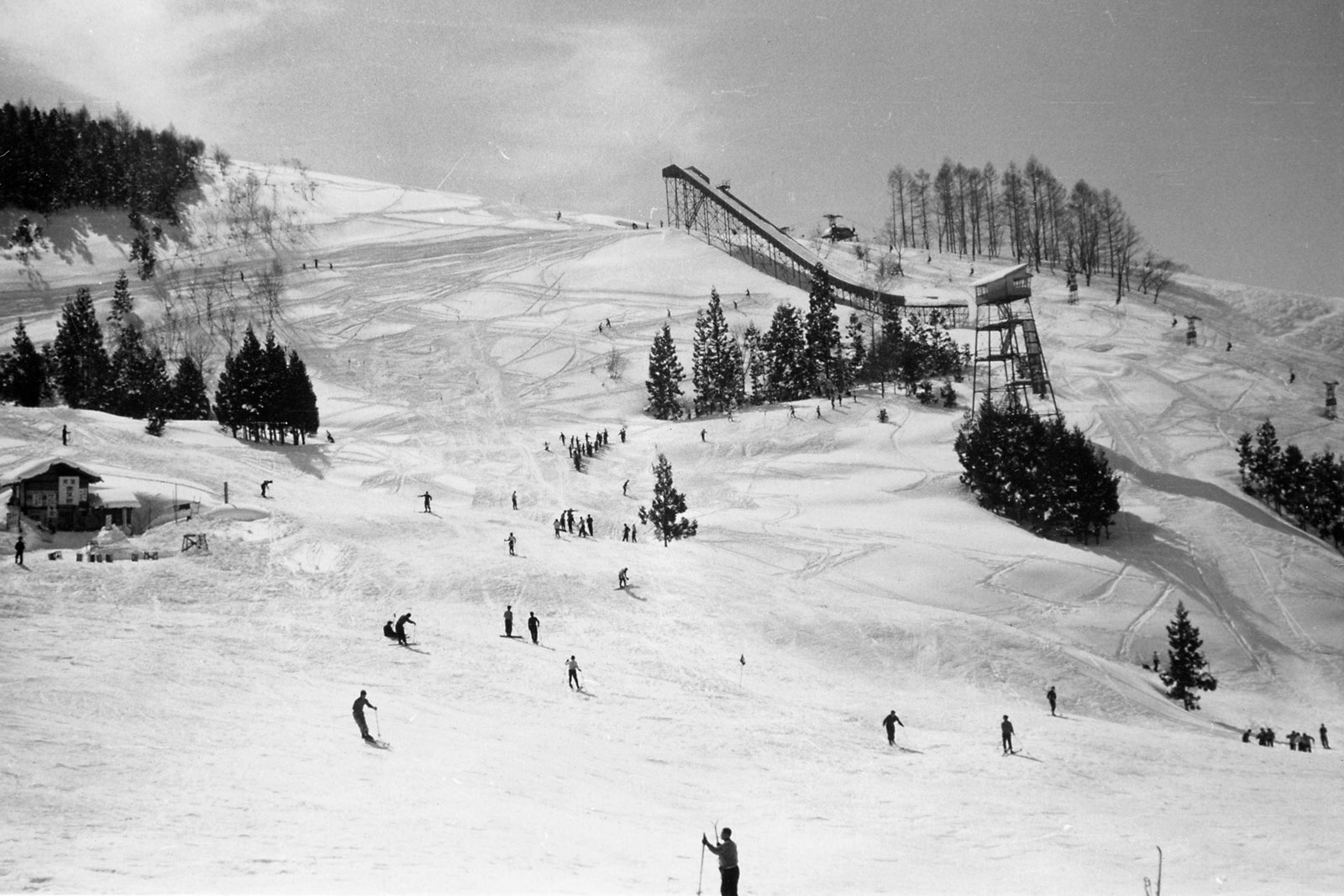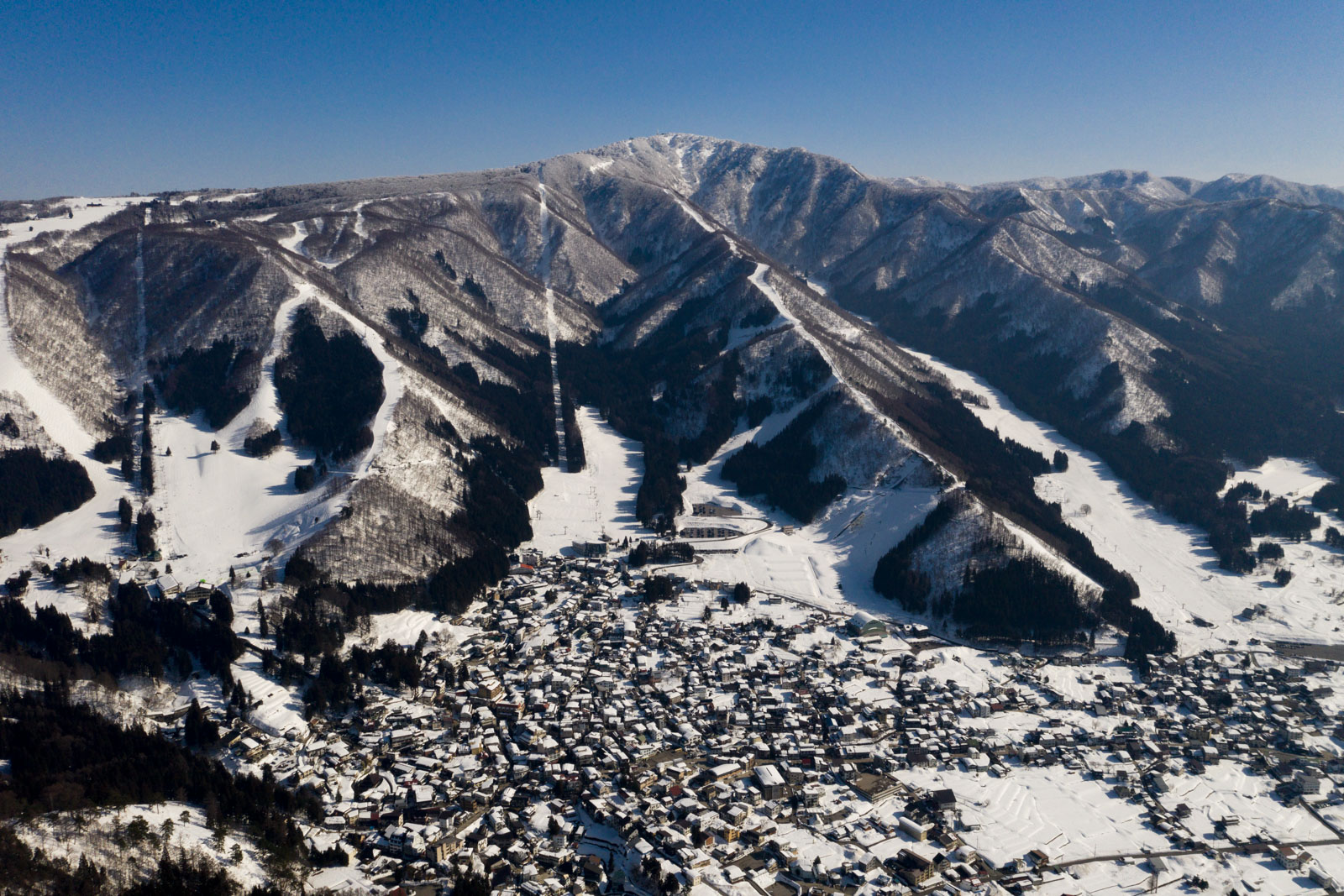
Nozawa Onsen’s history dates back over 750 years, first appearing in written records in 1272 under the name “Yuyama Village.” By the early Edo period, the village was already thriving as a hot spring destination, with 24 inns reportedly in operation. Bathing culture has been at the heart of village life ever since, drawing visitors seeking the therapeutic benefits of its natural onsen. By 1870, over 24,000 guests had visited in just five years, reflecting its long-standing popularity.
Skiing came to Nozawa in 1897, when a local student introduced the sport after studying in Iiyama. In 1918, the Nozawa Onsen Ski Club was founded, beginning a new chapter in the village’s evolution. The development of ski facilities, combined with the area’s renowned hot springs, positioned Nozawa as a rare dual attraction for both relaxation and adventure. Improved access via the Nagano Electric Railway (1914) and the Iiyama Railway (1918) further boosted tourism and helped establish Nozawa as one of Japan’s leading mountain resorts.

In 1953, the village officially changed its name from Toyosato to Nozawa Onsen Village and merged with Ichikawa Village in 1956 to form the current municipality. Through the Showa era (1955–1965), the village focused on modernising its infrastructure, including roads, sewers, and tourism facilities. In 1963, Nozawa Onsen Ski Resort became village-run, symbolising a strong collaboration between local government and residents to develop tourism in a sustainable, community-led way.
International ties were strengthened in 1971 through a sister village agreement with St. Anton, Austria, encouraging exchange between ski instructors and fostering global goodwill. In the Heisei era (from 1989), Nozawa continued improving life for locals and visitors alike, with projects focusing on snow management, public facilities, and cultural preservation.
A defining moment came in 1998 when Nozawa Onsen was chosen as a venue for the Nagano Winter Olympics, placing it on the world stage. Since then, access has become even more convenient thanks to the opening of the Joshinetsu Expressway and the Hokuriku Shinkansen Iiyama Station in 2015. These improvements have helped Nozawa maintain its charm as a traditional village while growing into a world-class year-round destination.
Nozawa Onsen Village is located in the scenic northern region of Nagano Prefecture, surrounded by dramatic mountain landscapes and rich forested areas. The village is perched along the slopes of Mt. Kenashi, which rises to 1,650 metres at its peak, offering breathtaking views and excellent skiing conditions. The village area spans 57.95 square kilometres, with an elevation that ranges from 300 metres in the north to its highest point at the summit of Mt. Kenashi. This variation in altitude gives the area its unique terrain—largely rugged and mountainous—ideal for winter sports and nature lovers alike.

Nozawa Onsen borders Kijimadaira Village to the south, Iiyama City to the west across the Chikuma River, and Sakae Village to the north and east. The Chikuma River, Japan’s longest, flows from the Japanese Alps to the Sea of Japan and plays a vital role in shaping the area’s geography and agriculture. Roughly 50.7% of the village is covered in forest, making it a beautiful and tranquil destination year-round. A designated portion of 297 hectares is protected as part of the Joshinetsu Kogen National Park, renowned for its natural scenery and biodiversity. This protected area also includes part of the Nozawa Onsen Ski Resort, offering visitors a rare chance to experience outdoor adventure within a national park setting.